AFI
SOURCE: AFI


Amid escalating concerns over the reported rise in violence against Hindus in Bangladesh, attributed to what some claim is a U.S.-backed regime, hardline Hindu nationalist groups in India are calling for decisive action. These groups have urged Prime Minister Narendra Modi to address the presence of illegal Bangladeshi immigrants living in various parts of the country.
Reports from Bangladesh highlight a troubling increase in attacks on the minority Hindu population. Activists allege that systematic violence, including displacement, destruction of property, and targeted killings, amounts to a genocide against the Hindu community in the neighboring country. The situation has drawn criticism from Hindu nationalist groups in India, who accuse international powers, including the United States, of supporting the Bangladeshi regime despite its alleged failure to protect minorities.
Continue readingSOURCE: AFI


Defense analysts like Ranesh Rajan believe that Pakistan’s potential acquisition of the Chinese J-35A fifth-generation stealth fighter could shift the regional balance of power, prompting the United States to counter Chinese influence by offering India the F-35A under specific conditions. Such a development would mark a strategic pivot in U.S.-India defense relations and intensify competition in South Asia’s air dominance capabilities.
The J-35A, developed by China, is a carrier-capable stealth fighter with advanced avionics, low-observability features, and the ability to deploy a range of modern weaponry. If acquired by Pakistan, it could significantly enhance its aerial warfare capabilities and tilt the balance of power in the region.
Continue readingSOURCE: AFI
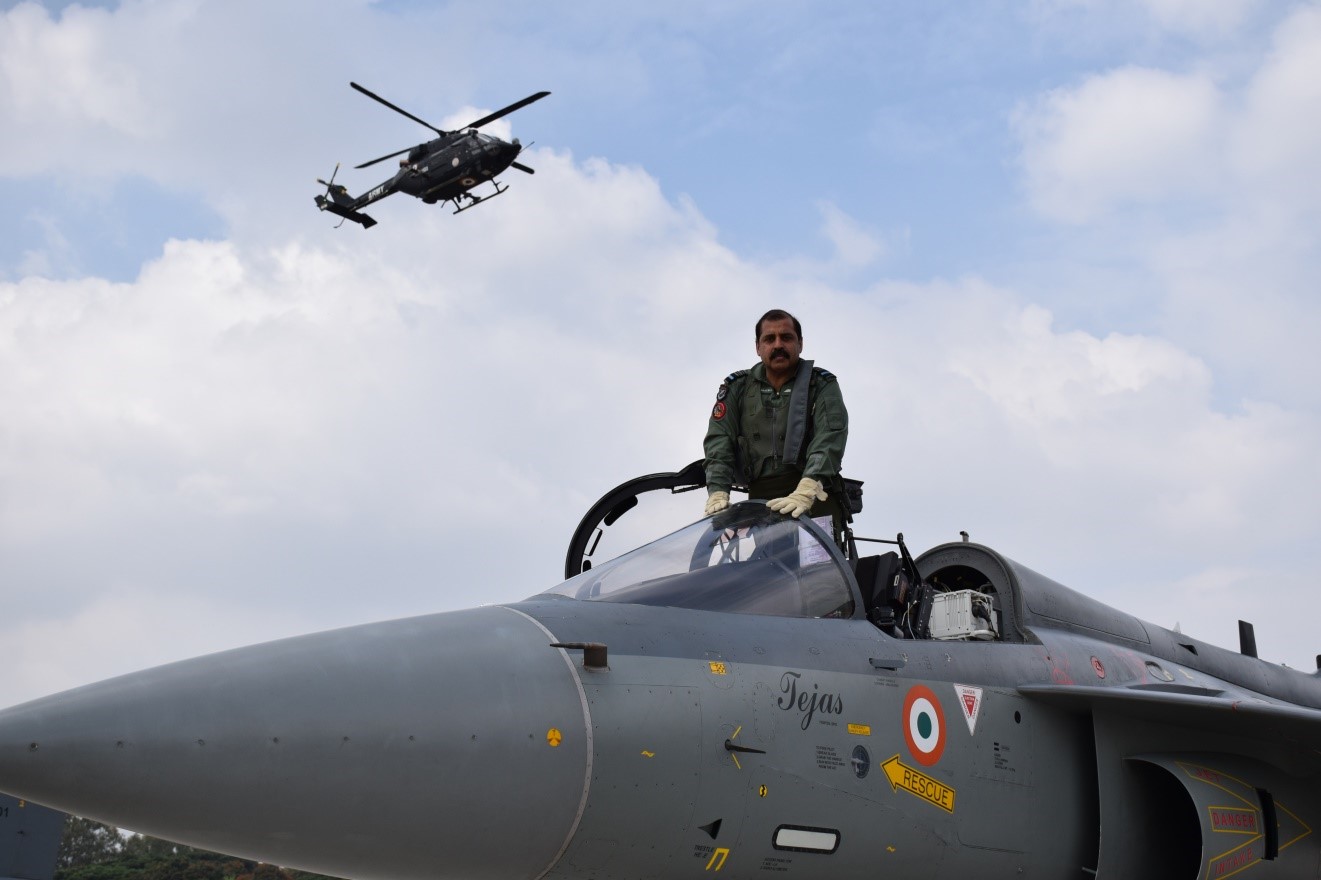

In a resounding endorsement of India’s indigenous LCA Tejas, Air Chief Marshal (Retd.) R.K.S. Bhadauria, former Chief of the Indian Air Force (IAF) and a former test pilot for the aircraft, praised the fighter jet’s capabilities and the program’s contributions to India’s aerospace sector. “I will vouch for LCA Tejas blindfolded,” Bhadauria said, highlighting its reliability, performance, and operational versatility.
Bhadauria emphasized that the LCA Tejas program has played a transformative role in advancing India’s defense manufacturing capabilities. Key technological developments, such as the fly-by-wire control systems, composite airframes, and advanced avionics, were crucial milestones. He credited the program for laying the groundwork for India’s ability to develop more advanced fighter jets, including the Advanced Medium Combat Aircraft (AMCA) and the Twin Engine Deck-Based Fighter (TEDBF) programs.
Continue readingSOURCE: AFI


The Royal Moroccan Army has placed a fresh order for Tata 6×6 LPTA 2445 trucks, adding to the fleet of 90 already delivered by Tata Group of India. This procurement underscores the strengthening defense partnership between India and Morocco while enhancing the logistical and operational capabilities of the Royal Moroccan Army.
The newly ordered LPTA 2445 trucks will feature the Defence Dump Truck variant, a versatile configuration ideal for various military applications. This variant differs from the previously supplied military-grade logistics and munition transport vehicles, which were primarily used for transporting personnel, supplies, and ammunition.
Continue readingSOURCE: AFI
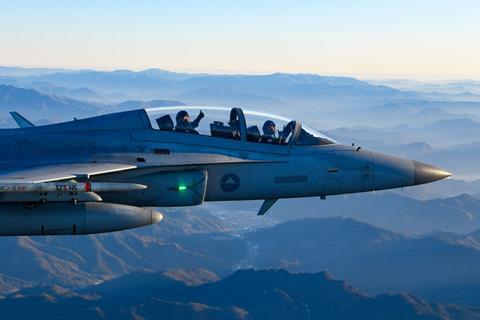

Korea Aerospace Industries (KAI) is advancing the boundaries of aviation by developing an artificial intelligence (AI) pilot system for its FA-50 light combat aircraft. Dubbed the “K-AI Pilot,” this initiative is poised to unlock autonomous and semi-autonomous flight capabilities, signaling a transformative shift in military aviation.
The K-AI Pilot initiative represents a strategic effort to introduce AI-driven decision-making and flight operations in military aircraft. The FA-50 airframe will serve as the initial testbed, with a roadmap leading to autonomous flight capabilities by 2026.
Continue readingSOURCE: AFI
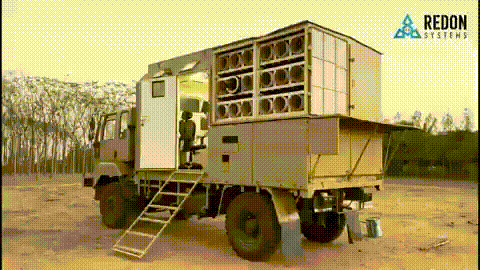

REDON Systems has showcased its cutting-edge Achuk Loitering Munition System, marking its debut at a defense exhibition. Mounted on a Tata 4×4 Light Mobility Vehicle (LMV), the Achuk system combines mobility, precision, and lethality to address modern battlefield challenges effectively.
The Achuk system is a barrel-launched loitering munition platform designed for versatility in semi-autonomous and fully autonomous missions. It is engineered to neutralize a variety of targets, including terrorist hideouts, vehicles, fuel or ammunition depots, and other critical assets. It can also operate in swarm configurations, enabling a coordinated attack to overwhelm sophisticated enemy defenses.
Continue readingSOURCE: AFI


India on Saturday successfully tested its first long-range hypersonic missile, placing it among a select group of nations — including China, Russia, and the United States (US) — that have achieved such technological advancements. Hypersonic weapons, capable of traveling at speeds greater than Mach 5, represent the cutting edge of military technology. Their ability to evade conventional missile defense systems and strike with precision has made them a game-changer in modern warfare. As global powers invest heavily in hypersonic technology, India is actively working to develop its own hypersonic capabilities, positioning itself alongside nations like the US, Russia, and China.
India’s hypersonic weapon program is spearheaded by the Defence Research and Development Organisation (DRDO), which has already achieved significant milestones in this domain.
Continue readingSOURCE: AFI

A recent incident at the Zhuhai Air Show has once again cast doubt on the reliability of Chinese-made military equipment. A Chinese-made VT4 main battle tank, intended to showcase its capabilities during a dynamic display, broke down and stalled, leaving it immobile until the end of the performance.
The malfunction occurred during a highly anticipated demonstration, highlighting a recurring issue with Chinese military hardware. The tank, which was scheduled to participate in the entire show program, was forced to withdraw due to mechanical failure.
Continue readingSOURCE: AFI

For decades, Tatra trucks have been a key component of India’s military logistics and transportation needs. These specialized trucks, which are manufactured by the Czech company Tatra, have been locally assembled in India by Bharat Earth Movers Limited (BEML), a public sector undertaking. Despite being in service for over 40 years, the Tatra trucks, initially imported in kit form, have not been fully replaced by indigenous alternatives. India’s ongoing reliance on Tatra trucks highlights a series of challenges in developing a domestic replacement that meets the operational and technical needs of the Indian military.
Tatra trucks have a long history in India due to their rugged performance in diverse and extreme environments. The trucks are known for their off-road capabilities, especially in the difficult terrains of the Himalayas, deserts, and dense forests. They have a central tire inflation system (CTIS) that allows them to adjust tire pressure based on terrain, making them highly adaptable for various conditions, including mountainous areas. Tatra trucks are also designed to carry heavy loads, often exceeding the payload capacity of many commercial trucks.
Continue readingSOURCE: AFI


India’s aspiration to solidify its position as a global power rests on acquiring cutting-edge defense technologies, with fifth-generation fighter jets playing a pivotal role. As per defense analyst Vladimir Karnozov, Russia’s Su-57E offers a compelling opportunity for India to enhance its air dominance and strategic capabilities.
Fifth-generation fighter jets represent the pinnacle of aviation technology, combining stealth, advanced avionics, and superior combat capabilities. For India, the induction of such aircraft is not just about maintaining parity but about ensuring operational superiority in an increasingly contested geopolitical landscape.
Continue readingSOURCE: AFI


India’s defense modernization is crucial to maintaining strategic autonomy and bolstering national security. However, a significant gap remains in the domestic development of propulsion systems for the Army, Air Force, and Navy. Currently, India imports most of its engines for tanks, fighter jets, and naval vessels, leading to dependency on foreign suppliers. Developing local engines is vital for achieving self-reliance in defense, enhancing operational flexibility, and supporting the country’s growing defense industry.
Relying on foreign suppliers can leave India vulnerable to supply chain disruptions, geopolitical pressures, and delays. Indigenous engines would provide complete control over the design, production, and maintenance processes, ensuring the uninterrupted availability of critical defense assets.
Continue readingSOURCE: AFI


Tata Advanced Systems Limited (TASL), a pioneer in India’s defense manufacturing sector, recently hosted a high-level delegation from Morocco at its state-of-the-art facility in Pune. The delegation included the Ambassador of His Majesty the King of Morocco and the Defence Attaché of Morocco to India, reflecting the strengthening defense ties between the two nations.
The visit comes on the heels of Morocco’s significant order for 150 Wheeled Armoured Amphibious Platforms (WHAP), a testament to TASL’s prowess in delivering cutting-edge defense solutions. Developed in collaboration with the Defence Research and Development Organisation (DRDO), the WHAP is a highly versatile and robust 8×8 vehicle capable of amphibious operations. Its modular design allows it to be customized for various roles, including troop transport, reconnaissance, and combat support, making it an invaluable asset for modern armed forces.
Continue readingSOURCE: AFI


In a strategic move to strengthen defense ties and expand exports, leading Indian private sector defense companies presented their products and weapon systems to the Saudi military in a special program organized by the Indian Embassy in Riyadh. The event highlighted India’s growing defense manufacturing capabilities and its commitment to fostering international defense collaborations under the Aatmanirbhar Bharat (self-reliant India) initiative.
The program, facilitated by the Indian Embassy, is part of a broader initiative to bolster defense cooperation between India and Saudi Arabia. It reflects the deepening strategic partnership between the two nations, which extends beyond trade and energy into defense and security.
Continue readingSOURCE: AFI
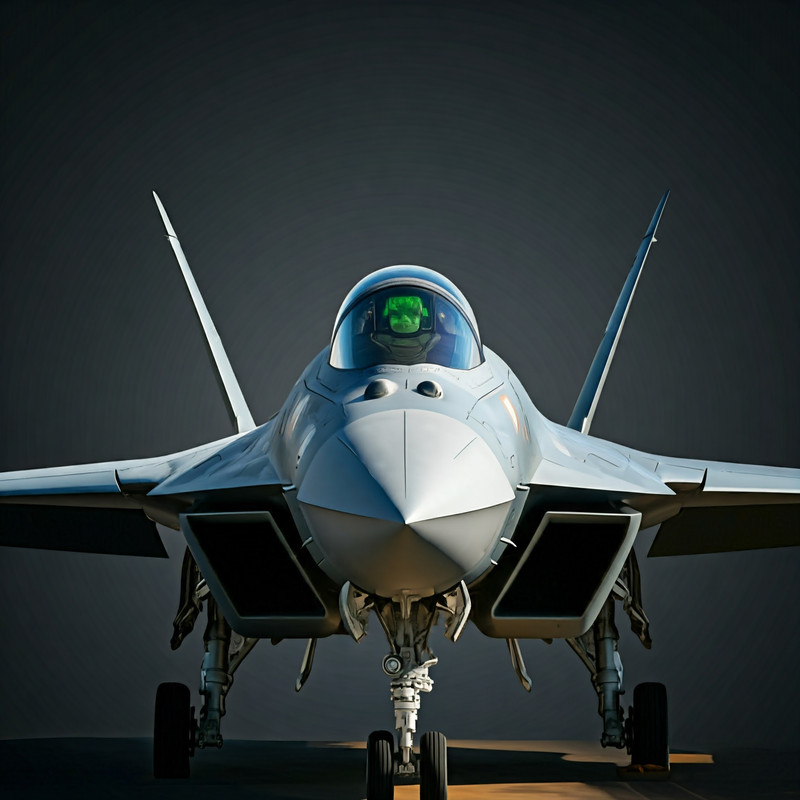

As global aerospace powers race to define the future of air combat, India must strategically position itself to develop a 6th-generation fighter jet by 2040. These aircraft promise revolutionary capabilities, including full-spectrum stealth, advanced artificial intelligence (AI), hypersonic performance, and network-centric warfare systems. For India, the development of such a fighter would not only fulfill national security imperatives but also cement its position as a global defense technology leader.
The 6th-generation fighter jet represents a paradigm shift from its predecessors. Core features include Manned-Unmanned Teaming (MUM-T) an ability to control multiple unmanned combat aerial vehicles (UCAVs) from a single platform. AI-Driven Systems that offers Enhanced autonomy in decision-making for targeting, navigation, and threat analysis. Adaptive stealth coatings and designs to evade modern radar systems. Integration of high-energy lasers or microwave weapons for air-to-air and air-to-ground combat.
Continue readingSOURCE: AFI
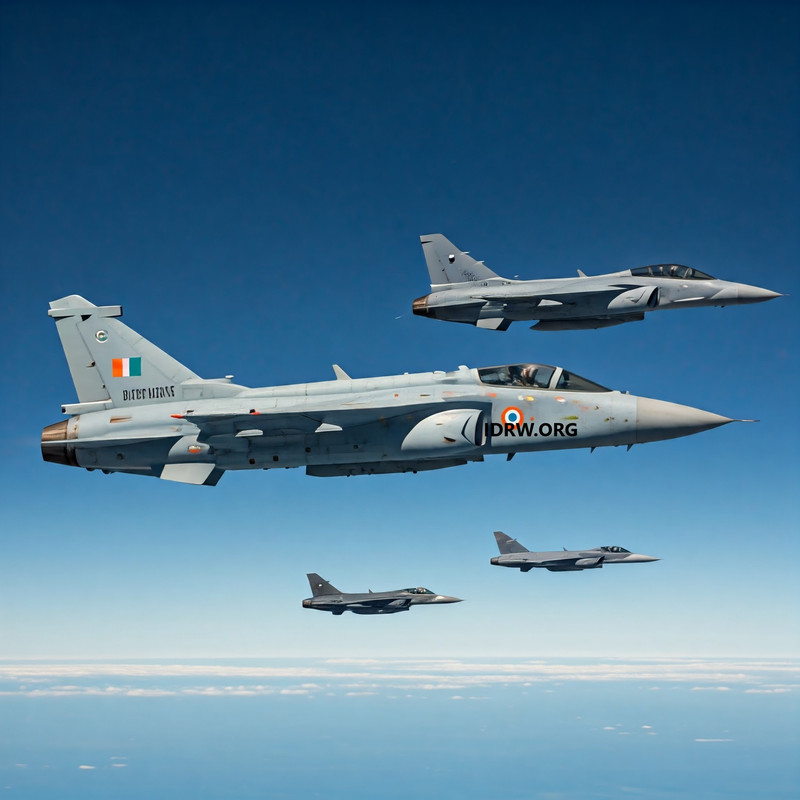

As the Indian Air Force (IAF) prepares for the future, the Tejas Mk2—a 4.5-generation multirole fighter jet—emerges as a centerpiece in India’s defense modernization strategy. Building on the foundation of the Tejas Mk1, the Mk2 brings significant upgrades, positioning it as a viable alternative to global competitors like the JF-17 Block III, Gripen E, and F-16 Viper. But can it truly dominate the skies? Let’s explore.
The Tejas Mk2, developed by Hindustan Aeronautics Limited (HAL), is designed to fill the gap between lightweight Tejas Mk1 fighters and heavier platforms like the Rafale.
Continue reading